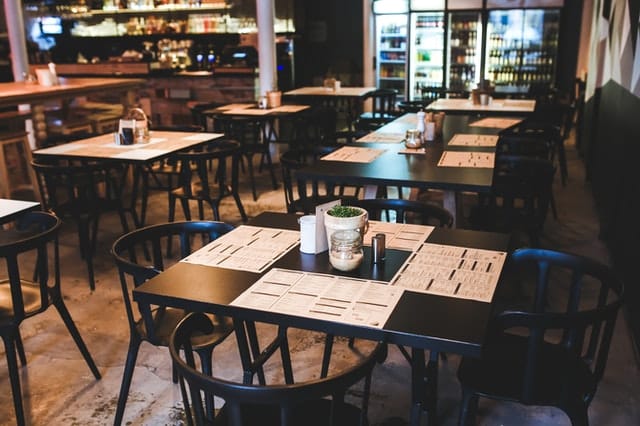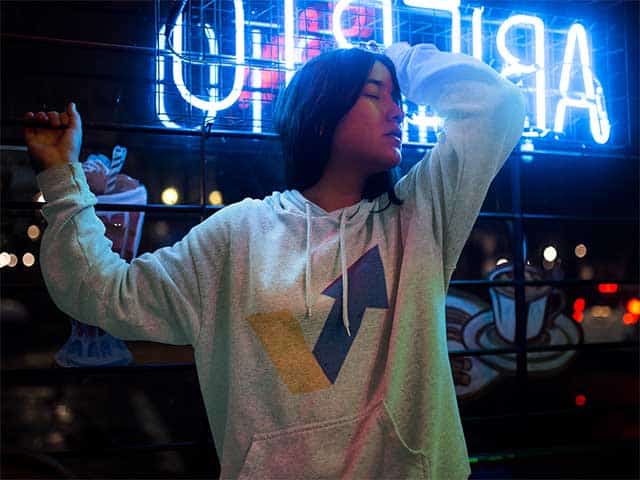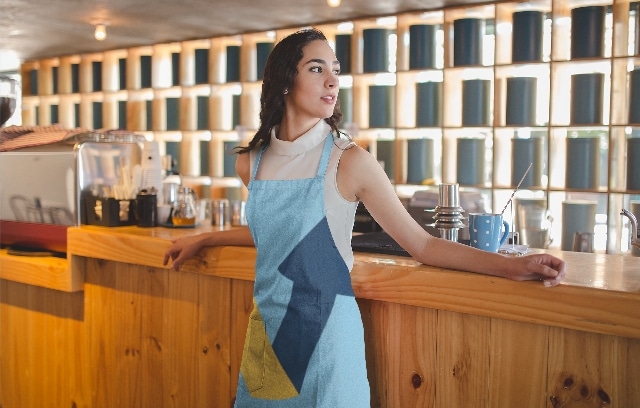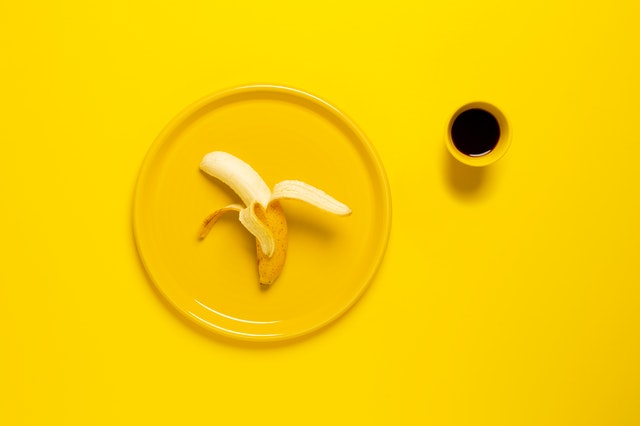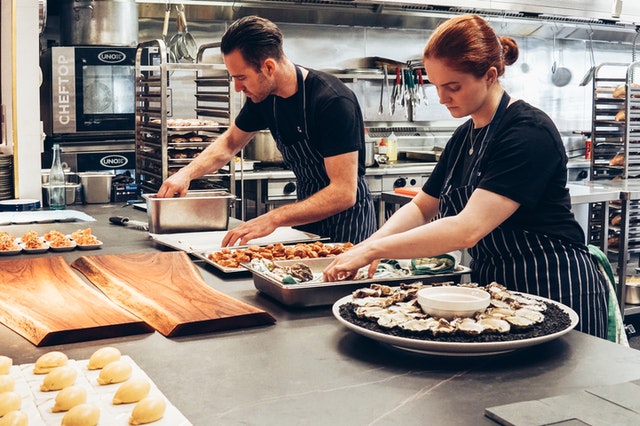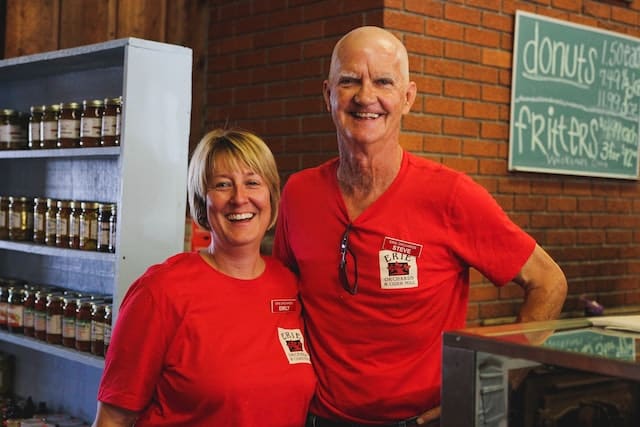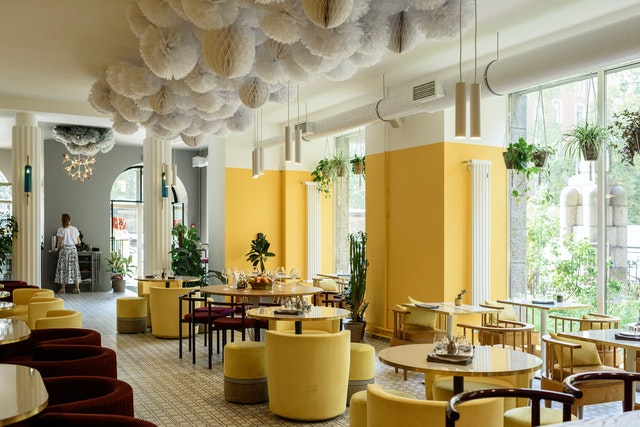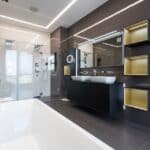Designing a restaurant is a complex process that requires careful consideration of various factors. The trends in the restaurant industry, budget, functional space, harmony and unity, texture, and color are all critical elements that can influence the success of a restaurant. Restaurant owners should strive to create an ambiance that is both inviting and appetizing, using colors that are warm and earthy, and textures that are pleasing to the eye and touch. By paying attention to these details, restaurant owners can create an environment that encourages customers to return and enjoy their dining experience.
The restaurant industry just survived what was likely the most challenging one and half year it could have imagined. And though the business has lost much in the fight, when the world “comes back,” the trade will be more ready than ever to thrive- Tells India’s Most Sought After Astro-Business Strategist, Hirav Shah.
Hirav Shah first of all points out the elements to be kept in mind to run a restaurant, which in fact can accelerate the business.
Restaurants are places of good times and great food. The best dining experiences take place in restaurants that are impeccably designed. When a restaurateur sets out to get their business just the right vibe, there are several different elements which have to be considered.
Table of Contents
Using Numerology & Astrology To Create A Restaurant Space That Works
1.Trends
Astrology has been used by some in the restaurant industry to predict upcoming trends. Based on astrological observations, some predict that restaurants will focus on upgrading furniture quality, creating more open and efficient kitchen spaces, and emphasizing locally sourced ingredients. Additionally, some restaurants are adapting to the increasing use of technology by providing easy access to outlets and charging stations, while also creating spaces for customers who prefer to disconnect and relax. These trends will likely influence the decisions of restaurateurs as they strive to meet the evolving needs and preferences of their customers.
One of the important things is the current and future trend in the market. Many current players have made predictions based on observations about what the up-and-coming trends of restaurants will be.
Things such as upgraded furniture quality, more compact and completely open kitchen areas with more efficient machines, and an emphasis on locally grown foods have all made the list. Some restaurants are moving toward being friendlier for customers who choose to use their technology while eating.
These establishments are looking to include easier access to outlets and charging stations. In addition, such restaurants will have places specifically for those who choose to put away the technology and comfortably relax. All of these different trends will help influence the choices that the restaurateurs will make.
2. Budget
Some business owners turn to astrology to help guide their decisions and improve their chances of success. For restaurant owners, managing finances is crucial to staying afloat. With high upfront costs and the need to attract customers, it can be a challenging industry to navigate. However, by using astrology to gain insight into the best times for investments and promotions, restaurant owners can increase their chances of success and keep their budgets on track.
A larger budget can allow for architectural redesign, entirely new furniture, and even significant changes in materials used for restaurant operation. A smaller budget may demand older furniture to be reworked, making architectural challenges functional, and more cosmetic and less substantive changes. The restaurant owner needs to determine what works best for them in these trying times.
3.Functional Space
Space is a huge factor in restaurants. An incredibly beautifully designed space which results in completely dysfunctional daily operation is quite problematic. To create the right effect, the space inside a restaurant must take into account the needs of the kitchen, storage, customer seating, and the mobility needs of both employees and customers. Each restaurant is distinct in the specifics of these needs.
Business astrology, a practice that uses astrology to guide business decisions, can be applied to the restaurant industry. When designing a restaurant space, it’s important to consider the astrological signs of the owner and the restaurant’s intended clientele. For example, a restaurant owned by a Leo may benefit from a bold and dramatic design, while a Pisces-owned restaurant may thrive in a more serene and calming atmosphere. Additionally, the layout of the space should take into account the practical needs of the kitchen, storage, and customer seating, as well as the flow of energy for both employees and customers. Each restaurant is unique and requires a personalized approach to design.
4.Harmony and Unity
Depending on the concept of the restaurant, the restaurant owner may want to increase or decrease the amount of harmony and unity present. These elements are created by combining similar design elements. That could mean similar textures, colors, or otherwise similar objects. The right balance of harmony and contrast is a bit difficult to achieve but is not impossible.
Business astrology can be used to determine the best design elements for a restaurant based on the owner’s goals. For example, if the owner wants to create a sense of harmony and unity, they may choose to incorporate similar textures, colors, or objects throughout the space. However, finding the right balance between harmony and contrast can be challenging, but with careful consideration and planning, it can be achieved.
5.Texture
Combining different textures can create contrast or harmony. Owners can encourage their audience to feel smooth and relaxed, or wild and rambunctious depending on the textures present in the environment. Textures manifest in pattern selection, wallpaper design, and in the furniture selected.
Business astrology, a practice that uses astrological principles to guide business decisions, can also be applied to restaurant ownership. One aspect to consider is the concept of Harmony and Unity, which can be achieved through the use of different textures. By carefully selecting patterns, wallpaper designs, and furniture, restaurant owners can create an environment that evokes a desired mood, whether it be smooth and relaxed or wild and energetic. The use of textures can create contrast or harmony, and can greatly impact the overall dining experience.
6.Color
Last but not the least, it’s the colors used, which can help in driving the restaurant businesses to profitability, says The Most Influential Astro-Strategist in the Business World, Hirav Shah.
Building customer loyalty and retention is a huge part of growing a restaurant business and the ambiance of a restaurant is a huge part of why patrons come back. While planning or designing a restaurant, it is essential to select a color palette that is both captivating and appetizing.
No one wants to eat in a really dark dingy looking place. It is a well-established scientific fact that color can affect our psychology. Clearly it is in the interest of the business for the colors to psychologically encourage patrons to eat and drink merrily. Things to consider include desired mood, type of food to be served, and the target audience.
Warm colors including reds, yellows, and oranges have the most impact on increasing a person’s appetite. Red especially is noted for creating a rich and luxurious environment for diners and increasing impulse eating, such as ordering an appetizer and a glass of wine.
But it’s important to keep in mind that not all shades of red, orange, or yellow are created equal. Muted earth tones are best for restaurants, such as terracotta orange, Tuscan yellow, and deep garnet red. You should avoid really bright, vibrant shades for your main color.
Yellows and oranges can certainly add cheer to a restaurant. These colors are perfect for a cafe, yogurt shop, or another type of lighthearted, inexpensive eatery. Warm shades of yellow or orange, such as squash or pumpkin, can add an inviting atmosphere to these establishments.
But, hang on…
Yellow, especially, can be very irritating if it is too bright or used too much throughout a dining room.
Green is another popular color for restaurants. As with warm colors, muted earth tone shades of green are best. In a restaurant, green walls and accents denote health and nature and can convey the perception that its menu is healthier than its competitors. Green shades also indicate sustainability, a popular concept among organizations.
Green pairs well with brown and orange for a fresh, light color scheme, perfect for a sandwich shop or vegetarian-based bakery. Conversely, green doesn’t work well for meat-based restaurants, such as steakhouses, nor in dimly lit bars with patrons huddled around their beers, where the color can turn swampy.
Final Thoughts
Hirav Shah, the most influential astro-strategist in the business world, believes that the colors used in a restaurant can have a significant impact on its profitability. When designing a restaurant, it is important to choose a color palette that is both captivating and appetizing to drive customer loyalty and retention. The ambiance of a restaurant plays a huge role in why patrons come back, and color can affect our psychology. Warm colors like red, yellow, and orange have the most impact on increasing a person’s appetite, with red creating a rich and luxurious environment for diners. Muted earth tones are best for restaurants, such as terracotta orange, Tuscan yellow, and deep garnet red. Green is also a popular color for restaurants, denoting health and nature, and indicating sustainability. However, it is important to consider the desired mood, type of food to be served, and target audience when selecting colors. Bright, vibrant shades should be avoided, and yellow can be irritating if used too much. Overall, the right color scheme can create an inviting atmosphere and encourage patrons to eat and drink merrily.

